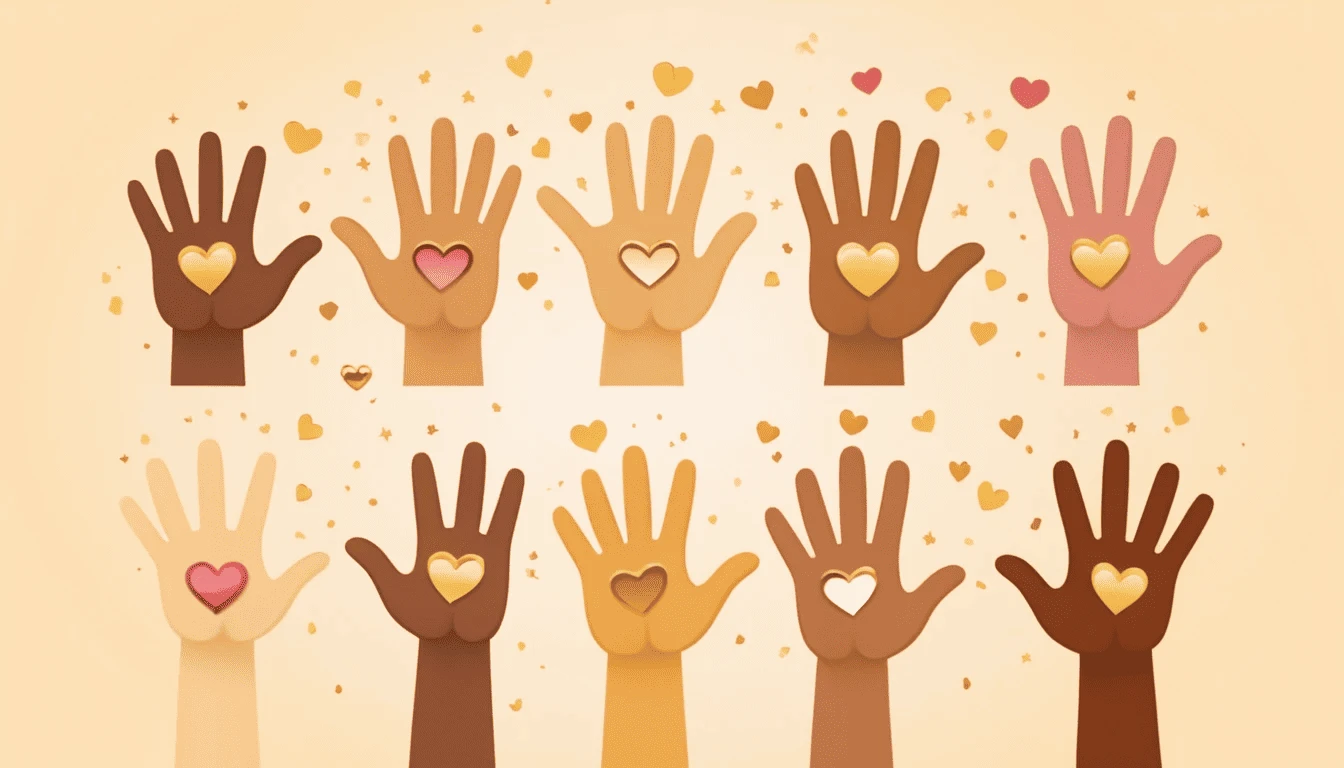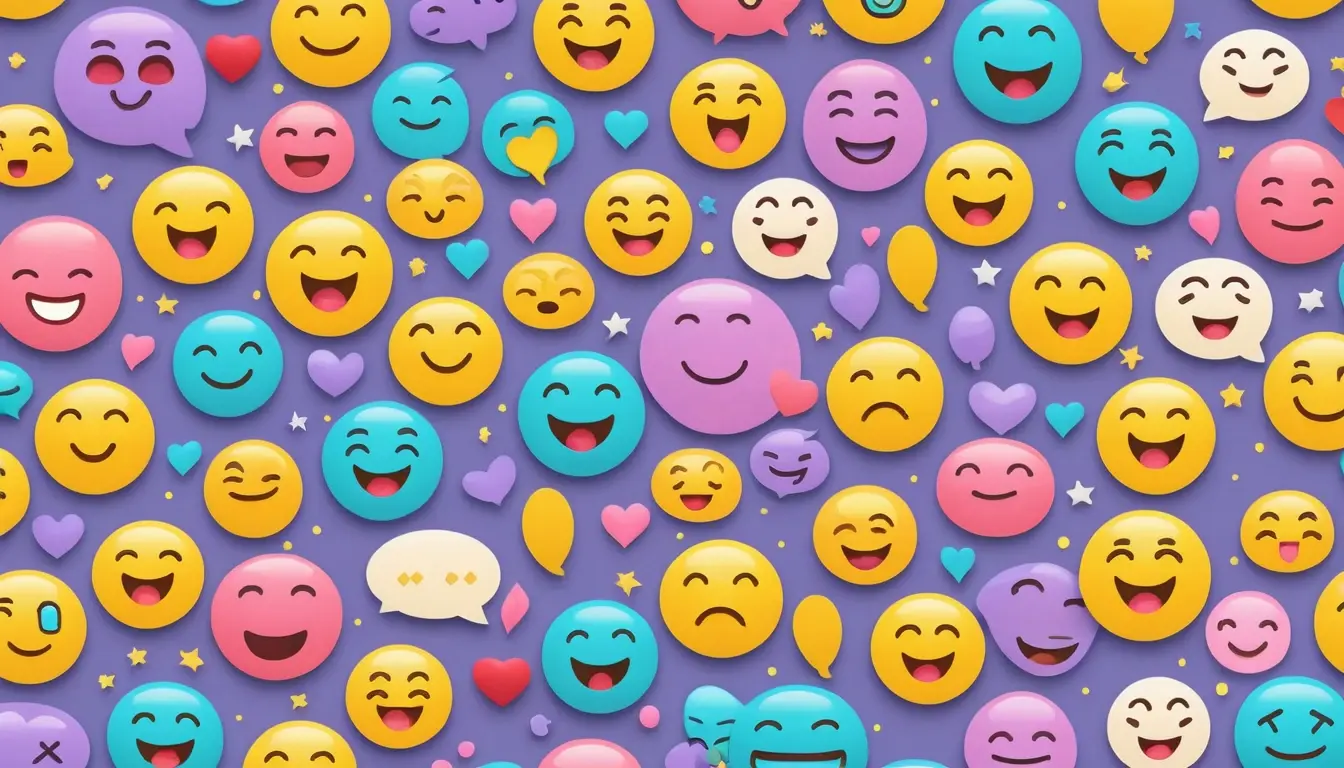All Unicode Versions
13 Unicode Versions available
Explore emojis organized by their Unicode standard version. Each Unicode version represents a milestone in character encoding, introducing new emojis and expanding digital communication capabilities.
Unicode 6.0
The first major Unicode release to include emoji characters, establishing the foundation for modern digital expression.
Unicode 7.0
Expanded emoji support with additional symbols and pictographs for enhanced communication.
Unicode 8.0
Major expansion including skin tone modifiers and diverse representation.
Unicode 9.0
Introduced additional emoji categories and enhanced existing ones.
Unicode 10.0
Added modern emoji reflecting contemporary culture and technology.
Unicode 11.0
Expanded with superheroes, redheads, and new facial expressions.
Unicode 12.0
Focus on accessibility and inclusion with new gesture and people emojis.
Unicode 12.1.0
Unicode emoji version.
Unicode 13.0
Pandemic-era additions with new gestures, animals, and expressions.
Unicode 13.1.0
Unicode emoji version.
Unicode 14.0
Latest additions with modern expressions, hand gestures, and contemporary objects.
Unicode 15.0
Newest Unicode release with enhanced diversity and modern expressions.
Unicode 15.1.0
Unicode emoji version.
About Unicode Versions
Unicode versions represent the official releases of the Unicode Standard, which includes emoji characters among many others. Each version introduces new emojis and improvements to existing ones. Explore each version to see how emoji representation has evolved within the broader Unicode ecosystem.
Frequently Asked Questions
What are Unicode versions?
Unicode versions are official releases of the Unicode Standard, which define how text, symbols, and emojis are encoded and displayed across all devices and platforms. Each version introduces new characters, scripts, and emoji updates to ensure consistent digital communication worldwide.
How many Unicode versions are there?
There are currently 13 Unicode versions. Each release represents a major milestone in global text encoding and often includes new emojis, script additions, and refinements to existing characters for better accuracy and compatibility.
How do Unicode versions differ from emoji versions?
Unicode versions cover the entire character set, including scripts, symbols, and emojis, while emoji versions focus only on the emoji subset. Every emoji version is tied to a specific Unicode version, but Unicode updates may include many other non-emoji changes.
Why are Unicode versions important for emojis?
Unicode versions ensure emojis are standardized across platforms. Without Unicode updates, new emojis would not be recognized universally, leading to inconsistencies between devices and operating systems.
Who manages Unicode versions?
Unicode versions are managed by the Unicode Consortium, a non-profit organization that standardizes digital text encoding. The Consortium reviews proposals, approves new characters and emojis, and oversees every official Unicode release.
How often are new Unicode versions released?
New Unicode versions are typically released annually or every 12–18 months. These updates include new emojis, refinements to existing characters, and additional scripts to support more languages worldwide.
Can older devices display emojis from newer Unicode versions?
Older devices that haven't received software updates may not support newer Unicode versions. As a result, emojis from newer releases may appear as blank squares or placeholders until the device's system is updated.
What was the first Unicode version that supported emojis?
While earlier Unicode versions focused mainly on text and script encoding, Unicode 6.0 (released in 2010) was the first version to formally include emojis as part of the standard, marking the beginning of universal emoji support.
Why do emojis look different on different platforms if Unicode is standardized?
Unicode only standardizes the meaning and code of each emoji, not its design. Each platform (Apple, Google, Microsoft, etc.) creates its own artwork, which is why emojis can look slightly different across devices while maintaining the same underlying Unicode code.
Where can I view all Unicode version updates?
Our Unicode Versions page provides a complete list of all 13 Unicode versions, including their release dates, major changes, and newly added emojis, allowing you to track the evolution of digital language over time.
How do new emojis get approved in Unicode versions?
New emojis go through a proposal process where individuals or organizations submit requests to the Unicode Consortium. After review, if approved, they are added to the next Unicode version for global implementation.
Do Unicode versions ever remove characters or emojis?
Unicode versions rarely remove characters or emojis to maintain backward compatibility. However, they may update or refine designs and metadata to ensure better cultural representation and clarity.



